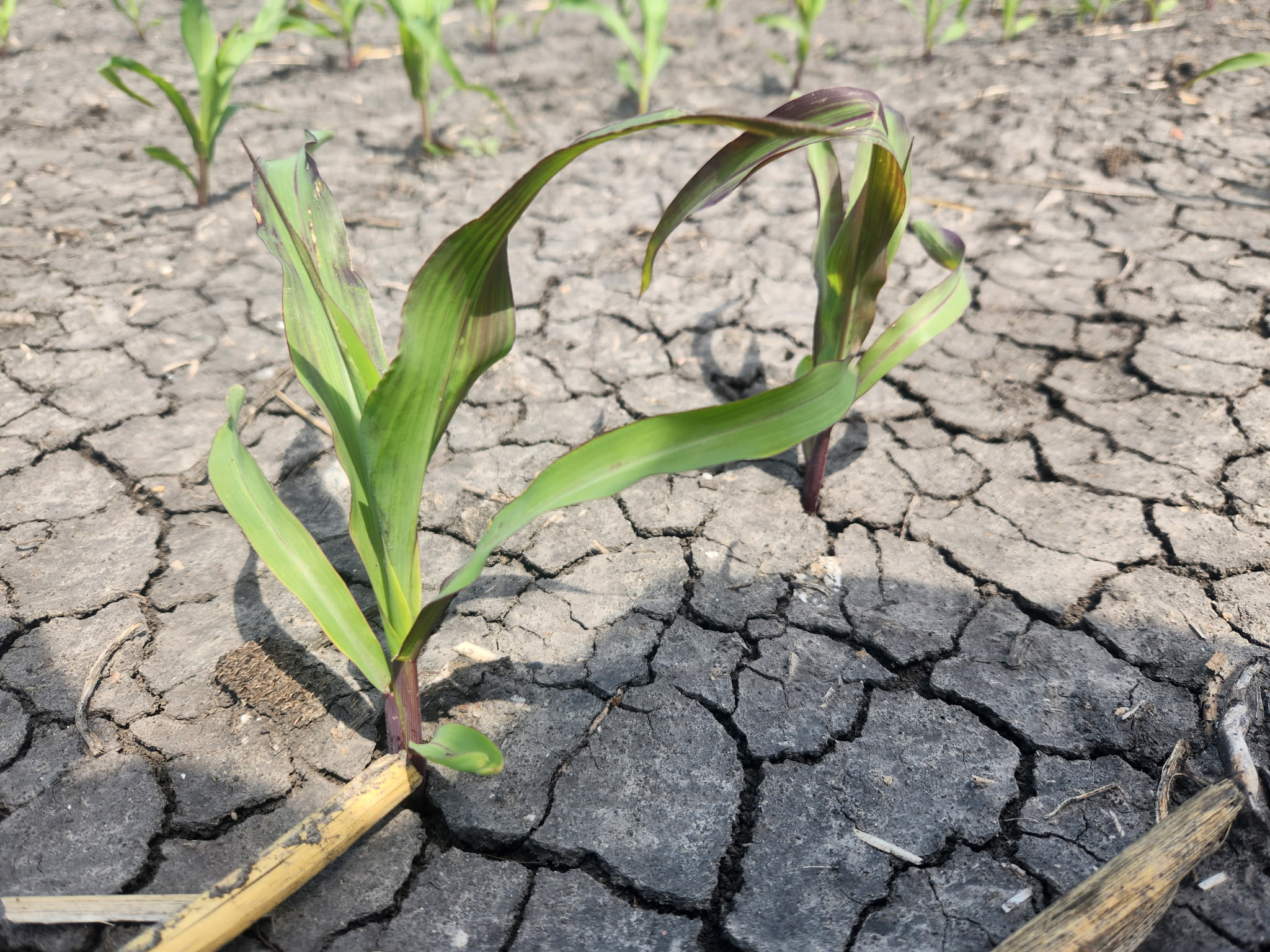AGRONOMICSUPPORT
YOU CAN TAKETO THE FIELD
Taking a Good, Hard Look at Fertility
If you’re not testing soils, you’re working in the dark when it comes to fertility, says LG Seeds Agronomist Tim Beninga. Coming up short or overdoing it on fertility can make a big difference with farm profits.
He offers tips to ensure plans are realistic, benefiting both your crops and farm balance sheet for 2026.
Key Takeaways:
- A soil test should guide your fertility plans.
- Make sure your estimates on yield and nutrient removal are accurate.
- Nutrients need to be balanced and sufficient for optimal crop performance.
First step is a soil test
Beninga’s No. 1 piece of advice in terms of crop nutrient management is to make sure you’re working with up-to-date soil sample data. “This isn’t the time to be throwing things out there willy-nilly, but you also can’t shut off your fertility program. Sampling helps you determine what and how much fertility fields need.”
Right after harvest is a great time to sample soil because it allows for fall fertility and planning over the winter. But whether a grower pulls samples in the spring or in the fall, the important thing is to be consistent from year to year.
Be honest about each field
Beninga encourages growers to be honest with themselves in terms of yield and nutrient removal for the season that’s wrapping up as well as their yield goals in the season to come.
“There can be a tendency to fertilize a certain amount because ‘that’s how it’s always been done,’” Beninga says. “But today’s crops are higher yielding, and we can’t expect a 150-bushel-per-acre fertility plan to support 200-bushel-per-acre corn.”
Crop fertility plans should also vary by field. “Yield potential changes from field to field and your fertility plan should, too,” Beninga explains. Hybrids also differ in terms of how they handle fertility.
“If you’re placing a racehorse hybrid on your better ground, make sure to fertilize for that higher yield potential,” he says. Some corn seed products that reward growers for higher fertility in Beninga’s North Dakota territory include LG46C85, LG51C62, LG52C90 and LG38C48.
There are also products with high stress tolerance and ones that can handle challenging acres. Beninga says LG33C30, LG35C79 and LG30C98 have demonstrated they can still deliver bushels when nutrients run a bit short or weather is challenging.

Nutrients work together, which is why balanced fertility is so important to plant health and yields. Pictured is LG35C79.
You’re only as good as your lowest nutrient
“Crops perform best when soil nutrients are at sufficient levels and balanced,” Beninga says. Nitrogen, phosphorus, potassium and sulfur are important for corn, but micros like zinc and boron as well as what’s naturally available in the soil are also significant.
“Micros affect many of the ways macros interact with the plant,” Beninga says, citing phosphorus and zinc as examples. “If you’re putting on phosphate, you need to apply some zinc too. But if you put on too much zinc, you’ll tie up your phosphate,” he says. “Balance is everything.”
Balance is also important when it comes to sulfur and nitrogen. “If you don’t have enough sulfur, then it doesn’t matter how much nitrogen you apply; it won’t be available to the plant,” Beninga explains.
How/when a nutrient is applied is also worth some attention, particularly with nitrogen. It’s one of the few nutrients that tend to be overapplied, according to Beninga. Growers can use split applications to be more precise with the nutrient, matching nitrogen needs to the season and the crop’s yield potential.
On the other hand, Beninga says phosphorus is the nutrient that’s most often shorted. “But it’s probably one of the worst nutrients to cut because it’s so important to plant growth and health,” he says, encouraging growers to make the investment.

These young corn plants show signs of phosphorus and zinc deficiency.
Soil tests should guide cuts
Beninga also warns against cuts to liquid starters. “Especially in North Dakota, starter pop-up fertilizer is crucial in our soils and can be a good ROI,” Beninga says. “If you have to budget, look to your dry fertilizer.”
Beyond that, Beninga says decisions to pull back on fertility should lean on soil test data and whether growers own or rent their ground. The answer to those questions will determine whether it’s worth building reserves.
If your soil test shows you’re in the higher range fertility-wise, now’s the time to use some of those reserves. If you’re in the medium range, Beninga says soil test crop removal should suffice. And if you’re on the low range of fertility, you still need a minimum of crop removal.
“Farm operators will be faced with challenging decisions as they work to stay profitable for the 2026 growing season,” Beninga says. “We want our growers to succeed and will support them any way we can, whether that’s helping them find the right seed for every acre or hashing out a fertility plan for the coming season. Reach out today.”

Split applications can help growers ensure their corn doesn’t run low on nitrogen late in the season, as was the case with this corn.





